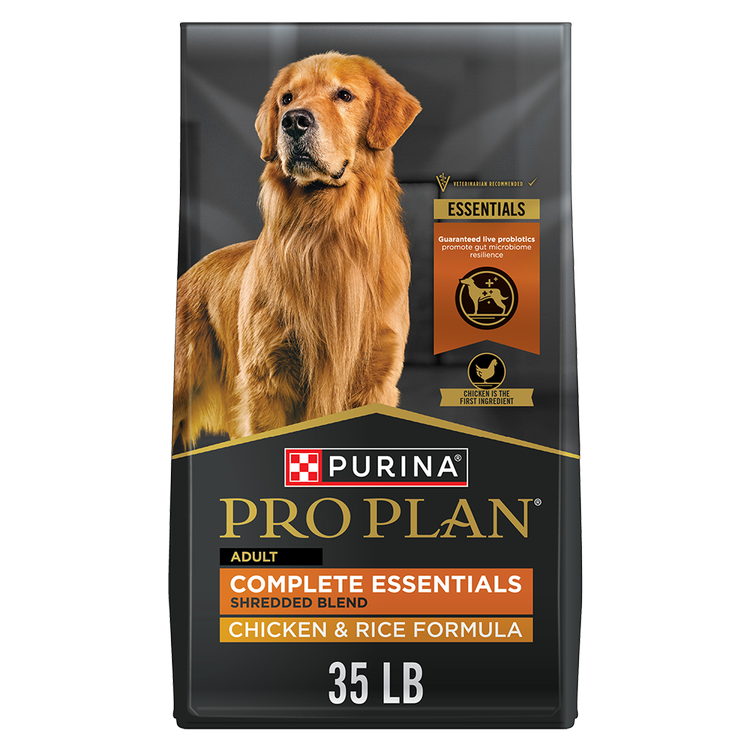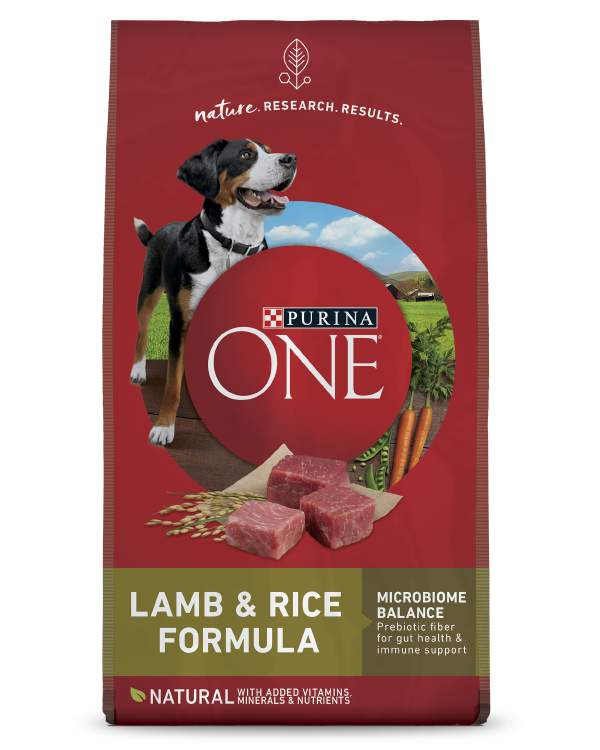6 Winter Safety Tips for Dogs in the Snow


There’s nothing quite like watching a dog experience snow for the first time. Keep in mind, every dog is unique and has their own individual preference for fun, especially when it comes to playing outside in the cold weather.
Plus, not all dogs are suited for outdoor play in cold weather. If your dog is enthusiastic about bounding into the wintery weather waiting outside, they’re in for a treat. Just make sure they’re staying safe.
Some dogs have thick coats designed to withstand cold temperatures, whereas others have thin coats that don’t keep them as warm. When it comes to spending time outside this winter, use your best judgment. Consider the thickness of your dog’s coat and their age, as puppies and senior dogs have a harder time regulating their body temperature.
A good rule of thumb is if it’s too cold for you in your winter coat, it’s too cold for your dog. Here are some other winter safety tips from one of our expert veterinarians.
How to Protect Dogs in the Cold, Snow and Ice
1. Gradually Acclimate to the Cold
According to Purina’s Chief Veterinary Officer, Dr. Kurt Venator, DVM, PhD, “The key is acclimation. If they seem comfortable and aren’t shivering or trying to get back inside, it should be just fine for them to stay outside for a little longer.” Start with short sessions outside and slowly increase, so they have time to adjust.
2. Make Potty Time More Efficient
Try shoveling a patch of grass for potty time, so they have a spot to go right away. If there are areas with more protection from snow, ice and wind, encourage them to go there instead. Give treats after to reinforce the good behavior and discourage accidents inside.
3. Keep an Eye Out for Rock Salt & Antifreeze
Keep an eye on dogs eating snow, especially in places treated with de-icing agents. Rock salt isn’t toxic, but it may upset their stomach and it can irritate their paws.
Antifreeze tastes sweet but is toxic. Look for blue or green colored substances on driveways, sidewalks and cars and keep dogs away from those spots. Wipe off their paws before they come inside to remove any salt or antifreeze residue they might lick off. This will also warm the paws faster.
4. Learn How to Warm Them Up
If your dog seems cold, cover them with a towel or blanket. You can also use a blow dryer on a low setting, but don’t heat their paw pads, as they could burn.
Instead, heat up some rice in a sock (place against your wrist to ensure it’s not too hot). If you know your dog gets cold easily, stock up in advance on sweaters, coats and booties.
Try them on your pet before you need to use them, so when the first cold snap happens, you’ll both be set up for success to enjoy the brisk outdoors.
5. Protect Dogs Feet in the Snow
For cracked paw pads, use a moisturizer made for cow udders to soothe your dog’s paws. After applying, keep them busy with a puzzle feeder or treat, so they don’t immediately lick it off. To protect your dog’s paws in winter and prevent cracked pads, try putting your dog in booties. Otherwise, clean their paws every time they come inside.
Also, make sure their nails are trimmed properly. If your dog isn’t walking outside as much during the cold months, their nails won’t wear down like they do in the summertime. Having properly trimmed nails keeps them walking with their usual gait and can help minimize slipping.
6. Don’t Neglect Exercise
Idle time can lead to destructive or nervous behavior due to pent-up energy. Once you’ve acclimated your dog and prepared for cold weather, continue walking your dog in winter and let them play outside.
For dogs, playing in snow is just as important as going for a summertime romp or sprinting through the leaves. Remember: exercise – no matter what the weather – is important to their physical and mental health.
You could even get creative and build a small agility course out of piles of snow. If conditions are too cold or icy, consider an indoor gym for dogs or give them a puzzle feeder or play indoor games to keep them busy.
By following the above tips, your dog can enjoy the snow and play to their heart’s content.
Get more pet care tips by visiting our Pet Expertise page for valuable insights from our pet experts.
Related articles

Reward Yourself with myPurina
Earn and redeem rewards for Purina products with the myPurina app.






